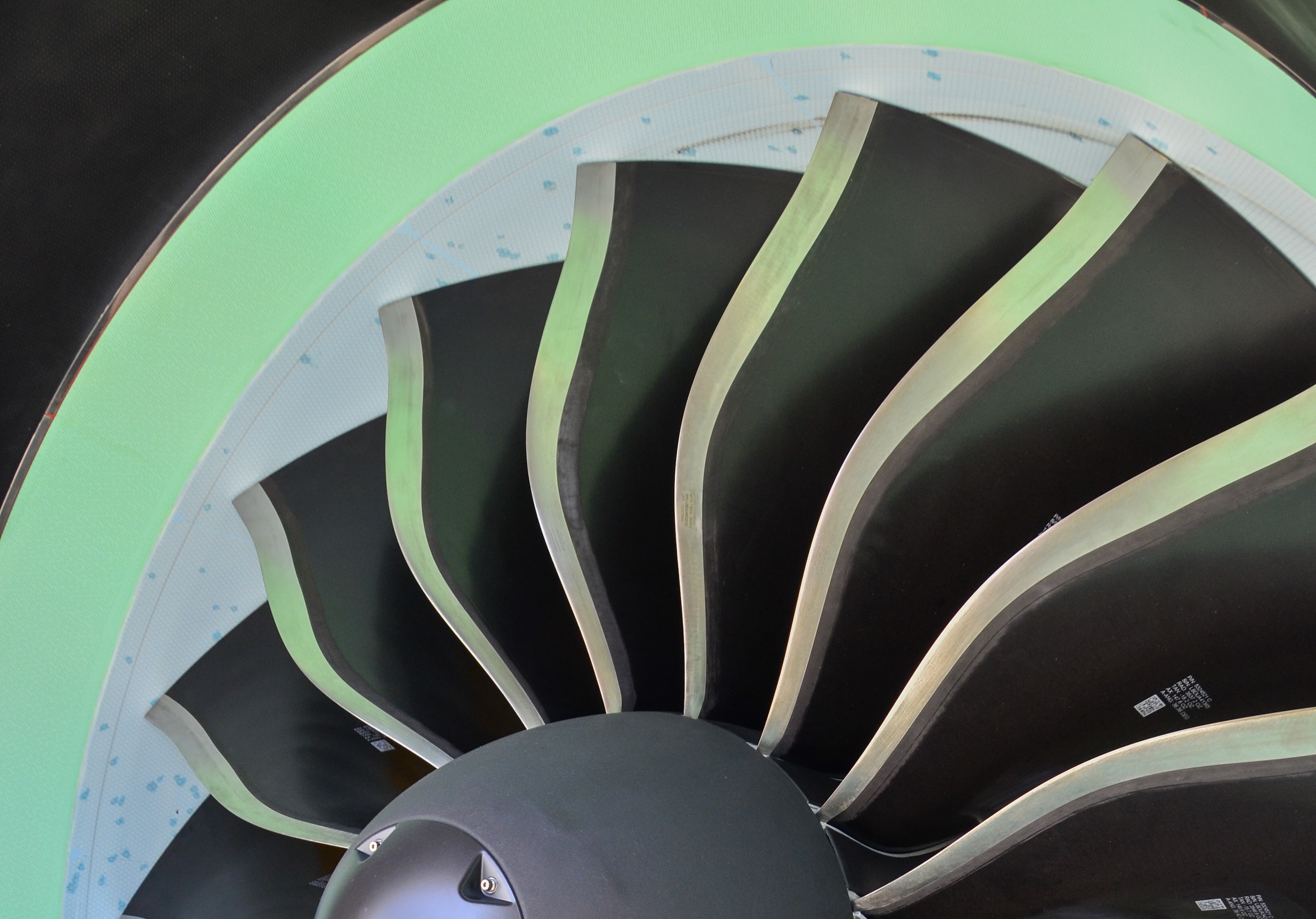Log-in here if you’re already a subscriber
As an engine manufacturer, Pratt & Whitney sits at the intersection of an ecosystem facing pressures that at once complement and contradict one another. Like its rivals GE Aviation, Safran and Rolls-Royce, it is facing the whiplash of an industry’s evisceration and the hasty reassembly of its operations as air travel surges past the system’s ability to meet demand.
Eyeing a return to growth and calls for frenetic factory output for their barely half-decade old technology, propulsion providers are staring down the unavoidable social and political demands that they significantly reduce, and eventually eliminate, net carbon emissions.
TAC/Forum: Previewing the 2022 Farnborough International Airshow
Yet, for all the discussion of future technology concepts to r adically reduce the industry’s disproportionately-visible environmental footprint, airplane and engine manufacturers are going to spend the remainder of the largely living off of the portfolio of airplanes they have today.
“I have not had one customer — I’ll be honest with you — I have not had one customer say to me, ‘Geez…we need Airbus and Boeing to do an airplane sooner.’…Not at least in the next five years,” said Rick Deurloo in his first interview as Pratt & Whitney President of Commercial Engines. “I don’t think there’s incentive for either engine manufacturer to say, let’s do a new airplane sooner.”
That lack of incentive comes with two realities: Engine makers have only recently introduced new engines and the planet’s airlines, in aggregate, have lost more money than they’ve made. The pandemic wiped out any net profits made in the century’s first two decades.
Heading into the Farnborough Air Show, the first major industry summer gathering since 2019, Deurloo’s comments along with those of Geoff Hunt, Pratt’s senior vice president of engineering & technology, establish the context and constraints for the next decade of industry development and the evolutionary, not revolutionary, path the company has in front of it.
Subscribe to continue reading...Subscribe to Continue Reading
Our award-winning aerospace reporting combines the highest standards of journalism with the level of technical detail and rigor expected by a sophisticated industry audience.
- Exclusive reporting and analysis on the strategy and technology of flying
- Full access to our archive of industry intelligence
- We respect your time; everything we publish earns your attention


